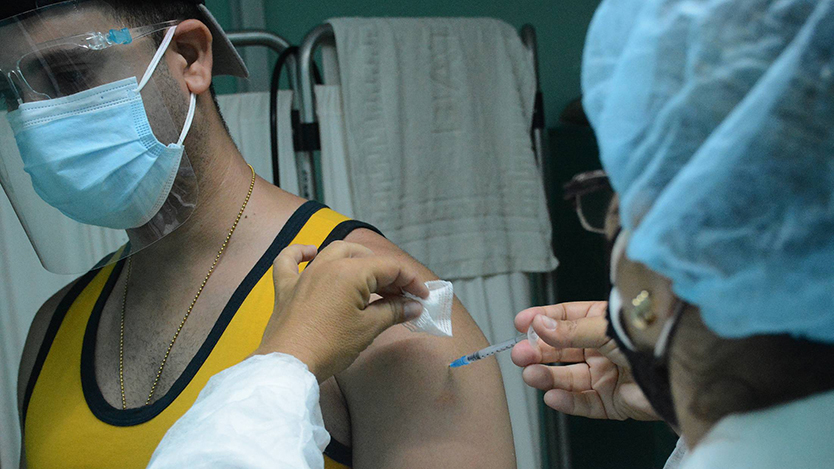
Although it seems that as of March 29, the number of positive cases for COVID-19 began to decline in Ciego de Ávila, the 96 patients last Wednesday came close to the streak of 100 again and showed that it is still early to end the spike in infections.
In fact, the calculations of Doctor José Ramón Artigas indicate that, even though the trend in the year is downward, in the last three weeks those confirmed have increased, far exceeding what was registered in the same stage of the previous year, when the Beta variant predominated and not omicron.
We are talking about a cumulative of 9,954 cases, however, in the same stage of the previous year, 1,280 were registered, so it is estimated that the incidence will continue with a plateau behavior of over a hundred daily infections.
This corresponds to the high-risk indicators presented by the municipalities of Ciro Redondo, Morón, Florencia, Bolivia and Primero de Enero, even Baraguá maintains a higher incidence rate than that of the province. The spread of the virus, with 342 open community outbreak controls, is undeniable.
In the midst of this epidemiological context, there are two pieces of good news. The first, associated with a notable decrease in lethality, with only one death in the month of March, which speaks in favor of the effectiveness of Cuban vaccines, and, later, the start of vaccination with Soberana Plus, without Thiomersal, for allergic convalescents, which will continue to block the virus.
According to statements by Yipsi González Borroto, head of the Immunization Program in the province, the universe to be vaccinated includes 2,779 people and the immunogen is guaranteed for everyone, whether they are children or adults.
Regarding the application of booster doses, which has been pointed out before as a process that is slow in the territory, progress has been made up to 90 percent of application, a figure to increase in correspondence with the immunization of the allergic population. .
It is assumed that over 95 percent of people with the booster on their arm would enter a certain comfort zone, when it comes to preventing serious forms of disease and death. There we go.
